Randy The Racoon
Use ridiculous weapons, run over humans, take down the Goose Mafia that wants you dead, drop giant snowballs into crowds, fly your stunt car across a packed island. Do whatever you want in this Simpsons Hit & Run-inspired open world-sandbox!
Competitive Origin
This game came to be after participating in a YouTube competition where I would narrowly lose first place. The video got a lot of exposure & the game a lot of positive feedback. So I decided to develop it into my first Steam game.
The goals I set for myself
Fit the theme the best
Be the most fun
Be recognizable
Win $5,000
The challenges I faced making the game.
My first open-world game
Time constraint
Working within a theme
Gameplay Evolution
It started off as an arcade driving game in which you drove around a city. You couldn’t slow down because that would trigger a bomb;
this was my take on the theme momentum. The goal of the game was to get rid of all the bomb signals.
This was enough to get me through to the next week. But because of the simple foundation,
it only worked as an arcade game & wasn’t expandable.
I was also thrown a second theme by a competitor in the second week, theft. This left me with an easy way out,
I could make a GTA-inspired heist game.
But that wouldn’t be enough to win, so I forced myself to think further.
That’s when I came up with an idea that would lead to the open-world design: the world is filled with thieving animals.
Although I went away from the thief theme after the competition, it’s still ingrained into Randy the main character.
He laughs when hitting pedestrians and swears when crashing.
Despite only being intended to be a side feature at first, it ended up being one of the things people enjoyed most,
leading to the comedic part of the game’s genre.
Solidifying accidental design.
To support that design pillar I added a bunch of new ways to mess with civilians.
Crazy weapons such as stinky tornado launchers, vacuums that can also launch civilians.
These weapons can also be used to fight the goose gang, which was another unintenional design.
Key Features
Retro-inspired car controller with ragdoll attached to it
Comedic main character that reacts to player actions
Tons of missions to do
Map filled with content
Programming
I optimized many systems to support an open-world environment—this included writing more performant code and implementing techniques like culling.
Due to the project's scope, all base systems had to be designed for scalability and maintainability. I frequently used the framework design pattern to build these systems.
One example is the mission framework, which follows the model-view approach. It allows me to write mission logic by simply inheriting from a base class, making integration into the mission system seamless.
I applied the same pattern to the NPC system, creating a ~1000-line base class that supports: giving out missions, multi-stage dialogues, dialogue bubbles, and conditional behavior triggers.
To speed up future development, I began organizing reusable code into a framework package—this is how I learned to create Unity packages.
You can explore the code on my GitHub repository .
Screenshots
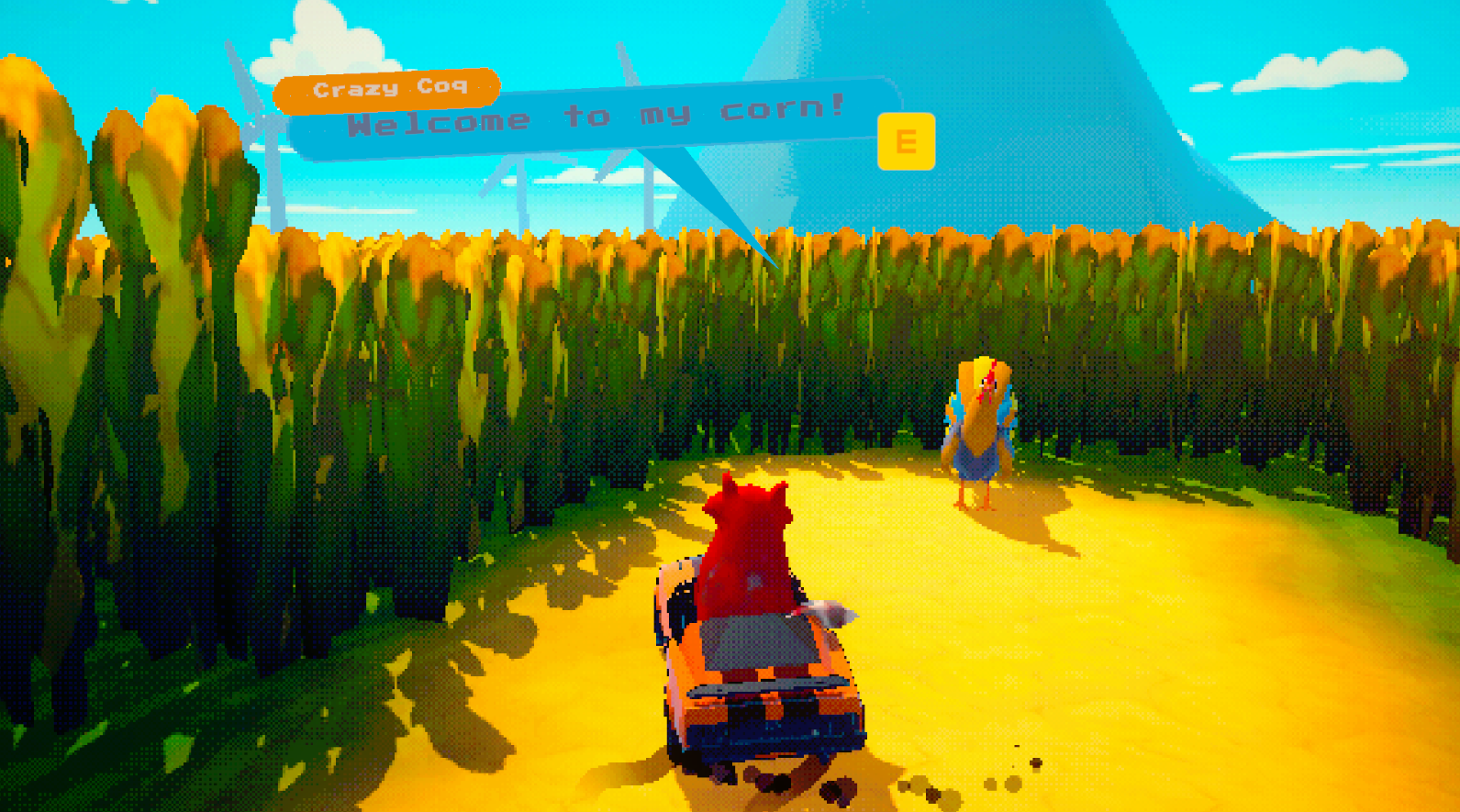
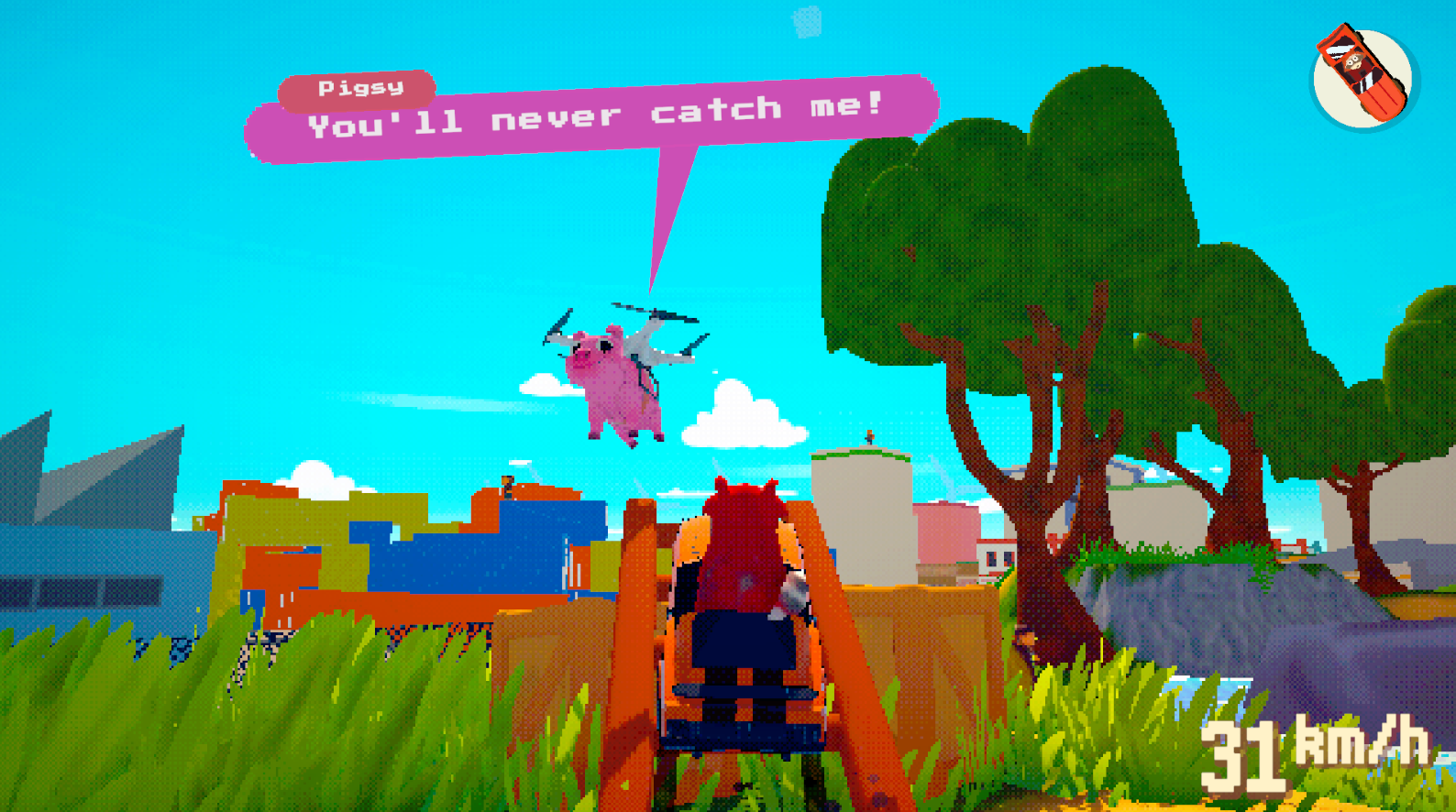
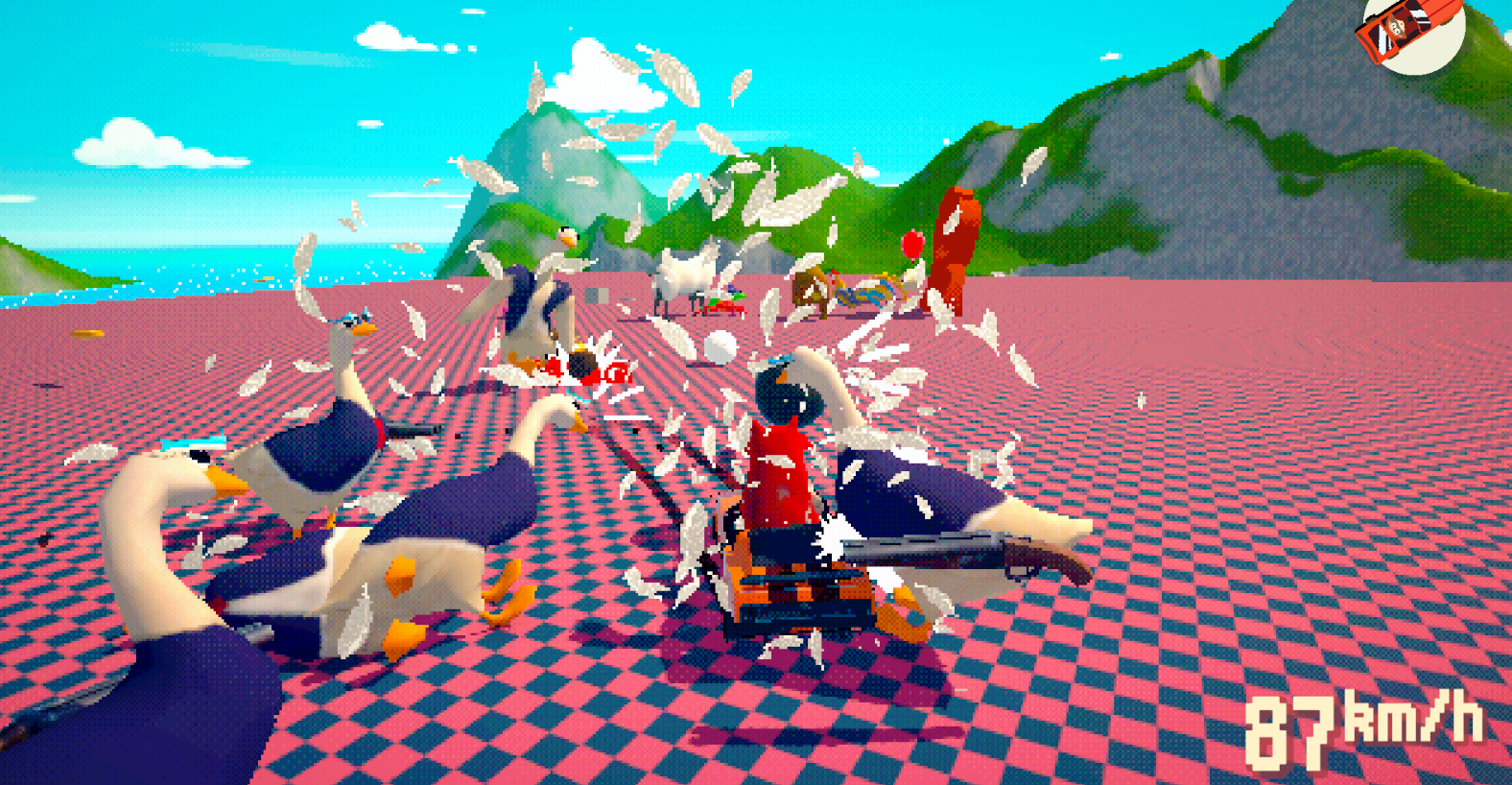
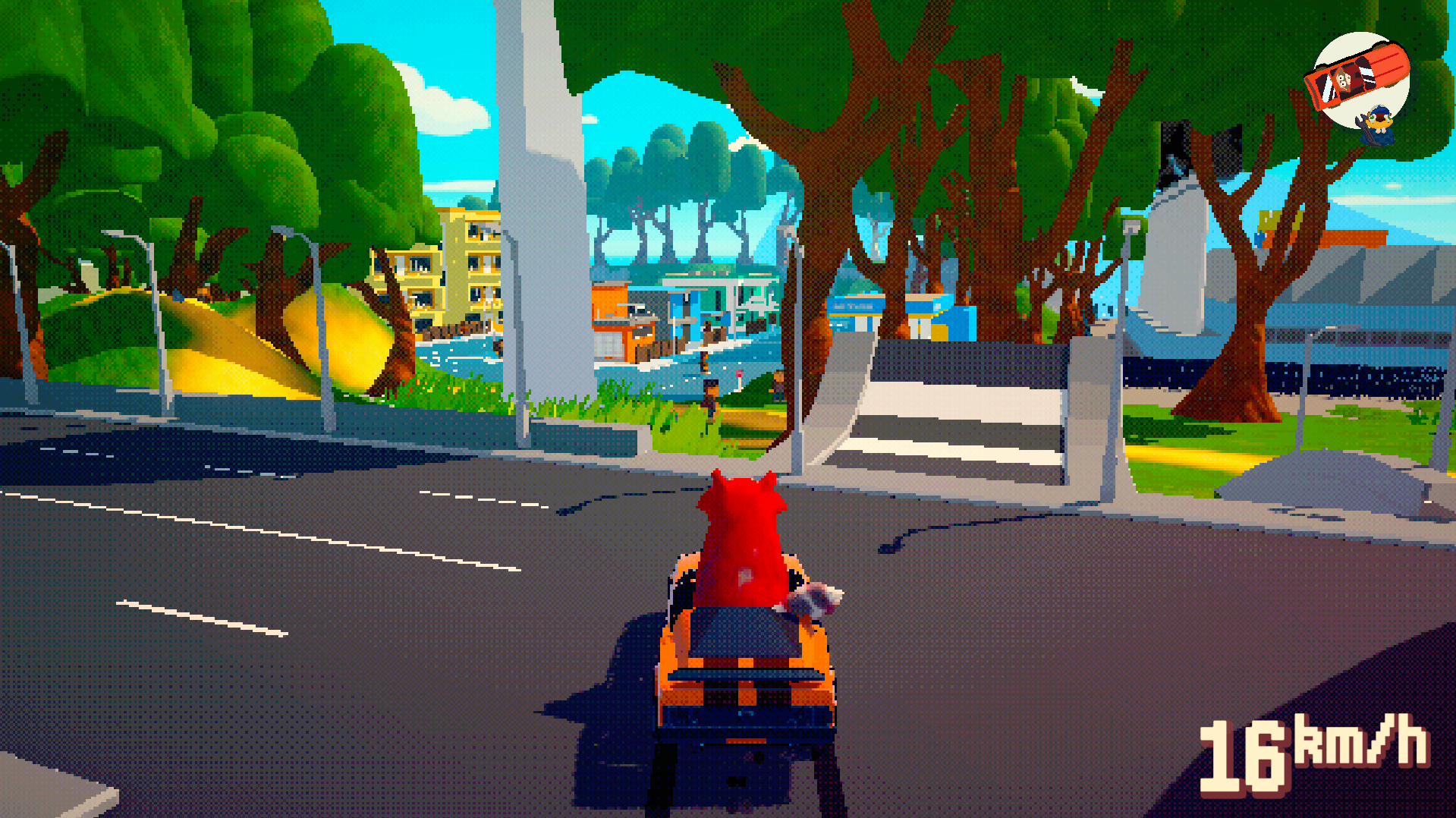
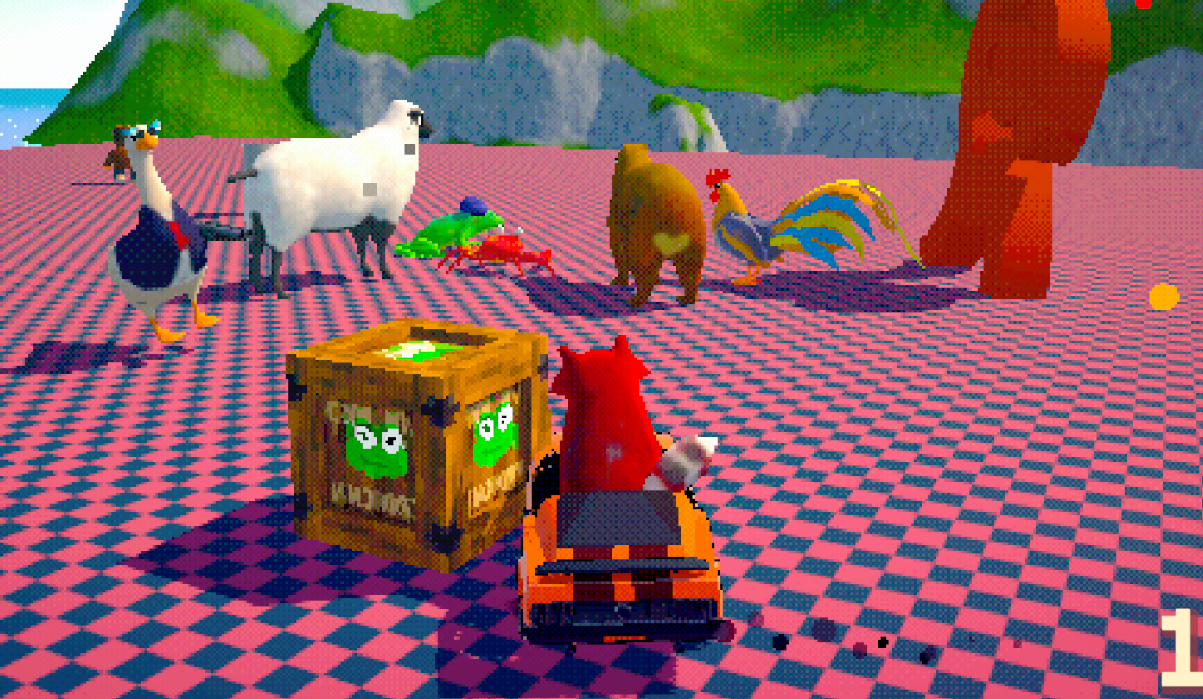
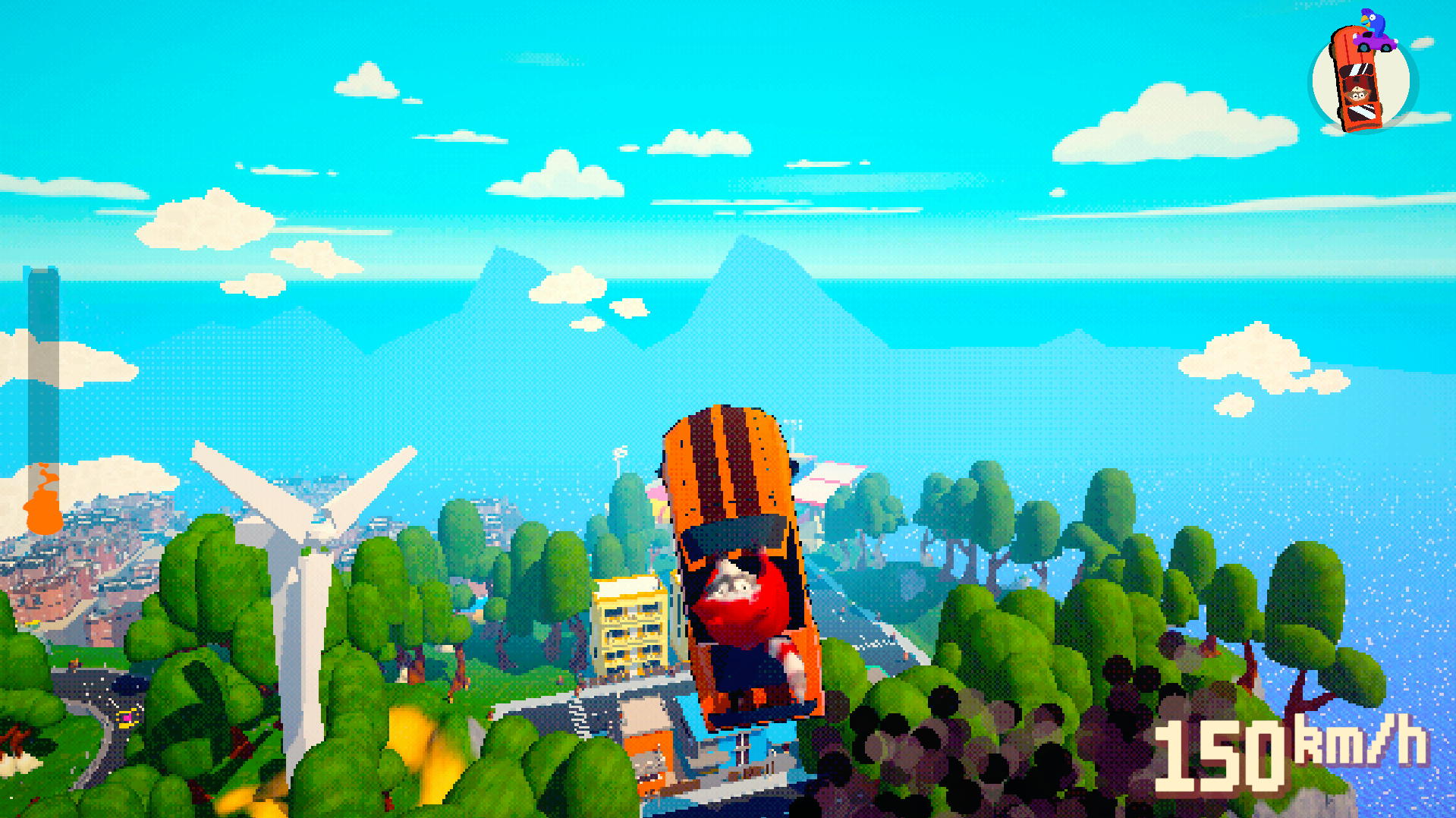
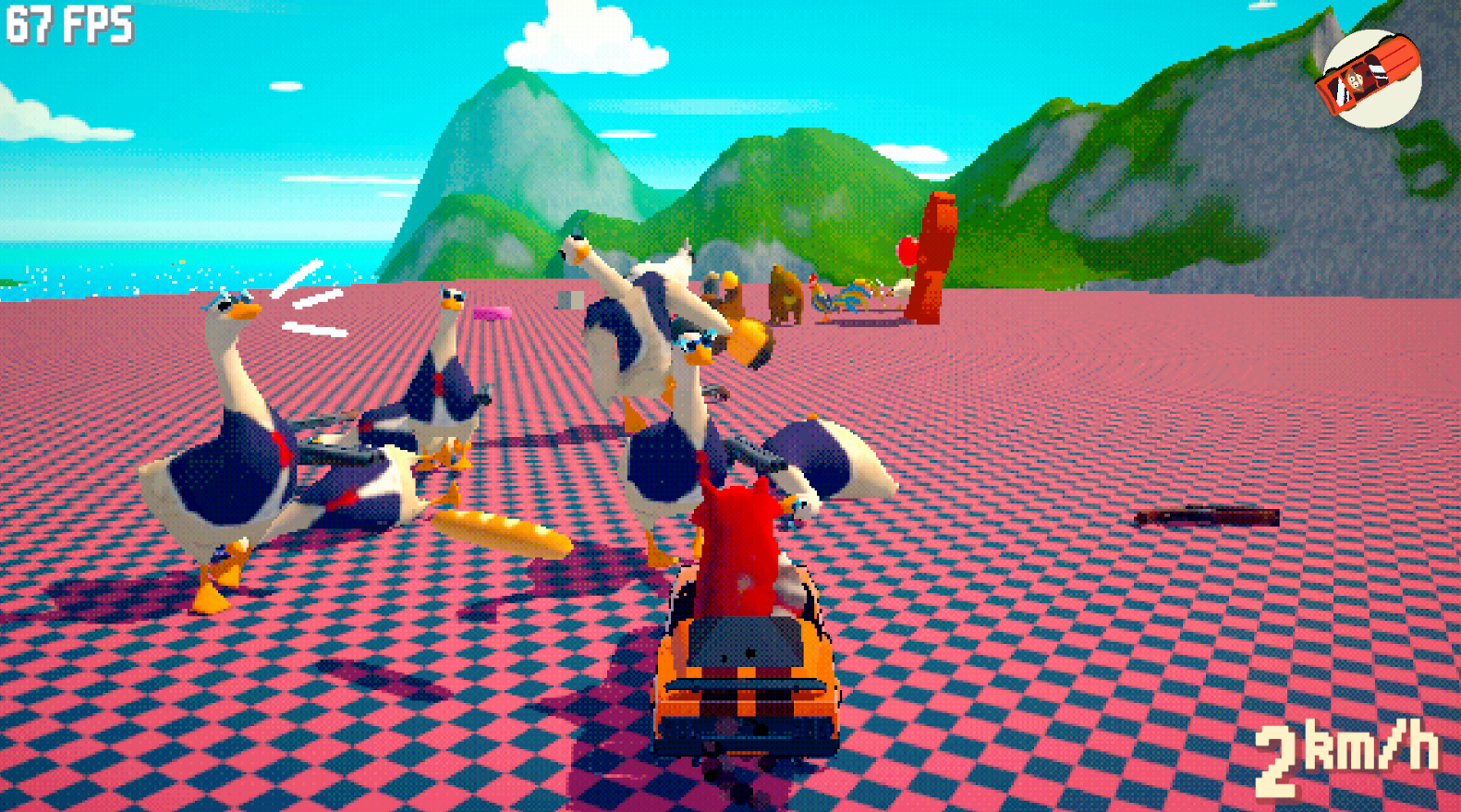
Skills Used
Unity
C#
Game Design
OOP
User Experience
Maya
Substance Painter